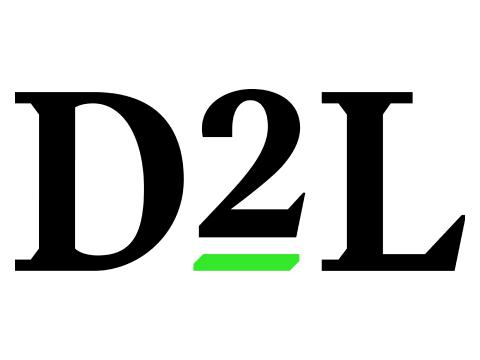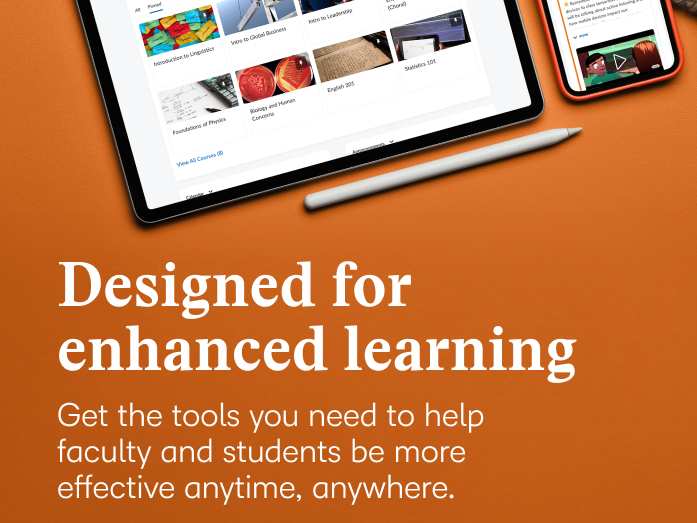
Leveraging Brightspace to foster academic development and immersive pedagogy

There is a lot of discussion in the higher education space about digital transformation. To avoid descending into cliches and buzzwords, universities must think clearly about the practical steps they need to take in the process of digitalisation and what this means for the student experience. For De Montfort University, this means implementing a virtual learning environment (VLE) suitable for its academic ambitions.
“We took a pedagogy-first approach to the Brightspace VLE,” said Carmen Miles, head of digital education at De Montfort University, at a session held in partnership with D2L at the 2024 THE Digital Universities UK event. “This helped us with our overarching educational aims. We are now in the pedagogical exploration zone. We recognise that it’s a continuous enhancement.”
One of the biggest drivers of the university’s pedagogical innovation is the staff’s desire for change and leadership support, said Miles. The institution has also worked very closely in partnership with D2L, the vendor behind Brightspace. “We are developing a signature pedagogy and the VLE will be instrumental in that,” said Miles.
As the university was implementing Brightspace, it also shifted to a block teaching model. “To support our change to block teaching, we wanted a platform that was more intelligent, left a different visual impression and represented a clear break from the past,” said Alasdair Blair, the university’s associate pro vice-chancellor for academic. “There was a sense of change at the university.”
The university launched several pedagogical initiatives to facilitate changes in its academic culture. “One of the key challenges we had was how to not only upskill our academics but also facilitate a change in the ways of working,” said Miles. “We recognised that academic development was going to be a huge enabler for change.”
The university has launched a project called Art of the Possible, which is an ongoing pedagogic enhancement programme that aims to capture what different stakeholders want from the Brightspace platform. It has launched a multimodal training scheme for faculty members on module building, which gives them the option to complete a self-paced programme or attend a weekly session on campus. Additionally, the university uses staff and student ambassadors to maintain the momentum these initiatives have generated within the community.
The university uses the theory of change framework to document the benefits of using a VLE for teaching excellence in areas such as student experience, staff experience and innovation. “Our adoption of the Brightspace VLE, our shift to block teaching and all the changes that they have entailed have also been accompanied by an important shift in how we think about the resources that we need and how we will utilise them going forward,” said Blair. “We benefited from strong buy-in and strong user engagement,” he added. “Cultural change is very important, but you have to be realistic and work with people.”
The panel:
- Alasdair Blair, associate pro vice-chancellor for academic, De Montfort University
- Carmen Miles, head of digital education, De Montfort University
- Rob Telfer, director of education for EMEA, D2L
Find out more about Brightspace by D2L.


